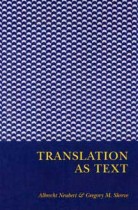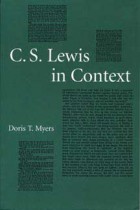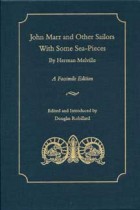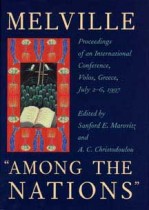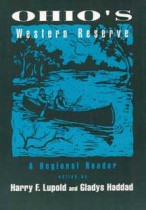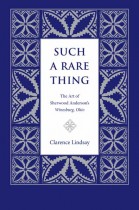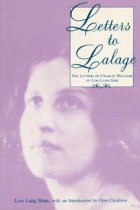Reading the Century Illustrated Monthly Magazine
Mark J. Noonan | Filed under: Literature & Literary Criticism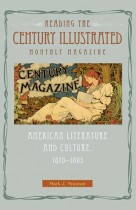
During the 1870s, the organization and stewardship of American culture by the upper classes began to take hold on a mass scale, due in part to the founding of museums, municipal libraries, symphony halls, theaters, and public parks. In addition, periodicals such as Scribner’s Magazine, Harper’s Monthly Magazine, and The Atlantic Monthly became major players in shaping the country’s cultural ideals. Founded in 1870, Scribner’s Monthly: An Illustrated Magazine for the People, which became The Century Illustrated Monthly Magazine in 1881, offered its predominantly upper-middle-class readership historical and biographical essays, serialized novels, scientific and technological updates, and discussions of contemporary events and issues, such as woman suffrage, Chinese immigration, labor strikes, and “the Negro problem.”

